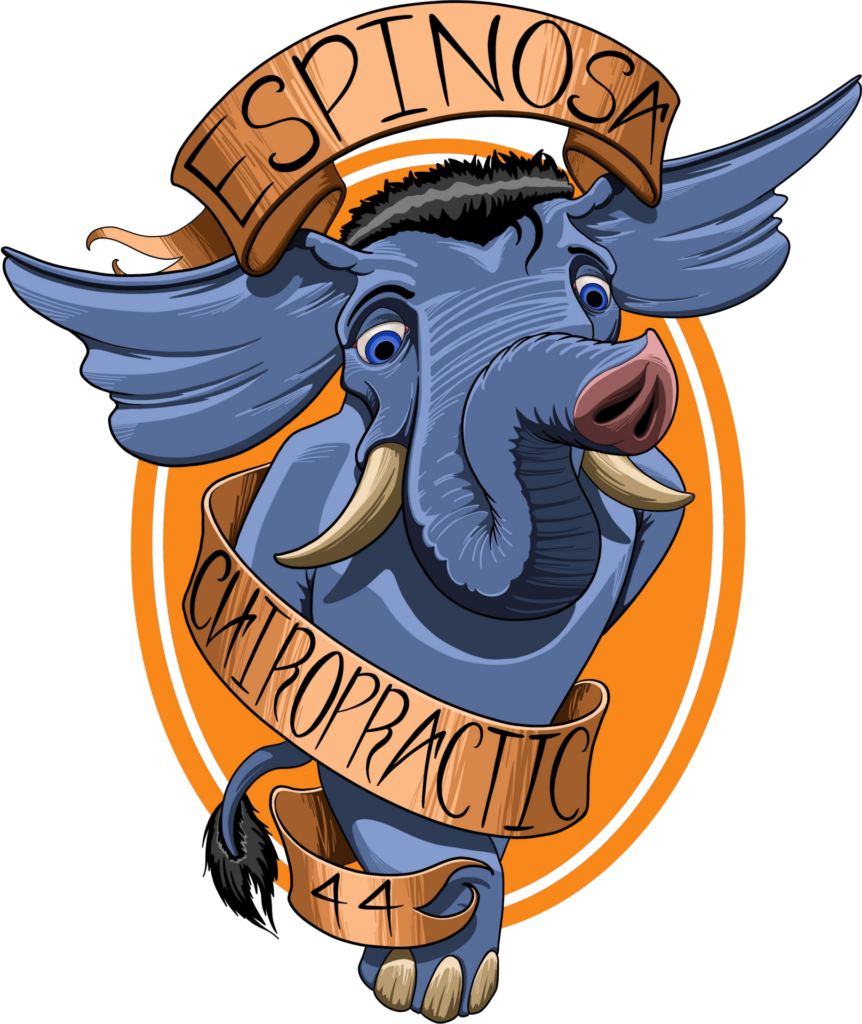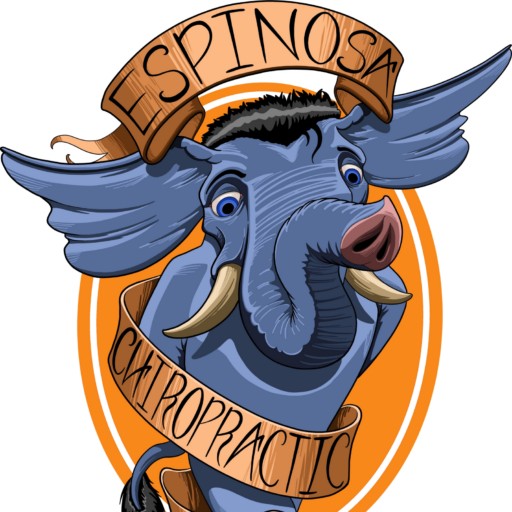Archive for December 2016
Mood Swings: A Balancing Act
Your emotional state is reflective of your lifestyle.
Changes in temperament are reasonable and to be expected when you consider the pressures of adulthood but mood swings are more erratic and disruptive to your well-being. Our lifestyles are a balancing act between genetic predispositions and more tangible lifestyle factors including diet, level of activity and stress. When stress levels are up and activity is down, our body’s attempt at homeostasis often becomes jeopardized.
Mood swings can be regulated by controlling the factors within your power!
So your workload is higher than usual, you aren’t exercising as much and you’re diet has fallen by the wayside. This is a great recipe for leaving your body and mind in a compromised state that leaves you vulnerable to unpredictable mood swings. Here’s a little insight on how healthy lifestyle decisions impact your emotional state:
-
Diet: Skipping breakfast? Relying on coffee and sugar to get you through a hectic work day? Caffeine is a veritable malfactor when it comes to homeostasis and sugar can leave blood sugar levels low after an initial spike. Diet should be a stabilizing influence, not a wave-creator!
-
Activity: We need to move to keep our circulation fresh, endorphins rushing and our body in a state of constant renewal. Staying sedentary is the quickest way to watch your body and mind deteriorate.
-
Stress: stress management requires near constant dedication! Optimizing your home and workplace to keep stress at bay set the tone for a clearer mind and a healthier outlook.
How does chiropractic help with mood swings?
By correcting subluxation and regulating the nervous system, which is the main mode of communication between brain and body. Removing pressure and subsequently interference from the nervous system helps the systems of the body work more fluidly, which is an essential component of homeostasis! For help creating an action plan to naturally account for changes in temperament and mood swings, give our office in Sacramento a call to schedule an appointment today!
Dr. Raymond Espinosa, D.C.
A Diet Rich in Energy
Dieting for energy is about balance
To be more precise, a diet that gives you energy would see you equally distribute calories throughout all your meals and observe a ratio high complex carbohydrates: medium protein: low (but not no) fat. Too many of us are skipping breakfast and wondering why we don’t function later in the day; furthermore, this leads us to gorge ourselves because we feel starved by the middle of the afternoon.
Candy, soda and coffee are not a recipe for energy
Fitting our diet into our busy daily schedules often means that we are eating on the go- grabbing for candy bars and coffee to waylay hunger. Sugar is a simple carbohydrate that is quickly processed by the body; this is why you might experience a surge in energy right away, but once it is is processed you are left with low blood sugar and low energy. Complex carbohydrates (think grains) are the fuel that really keeps you going.
Eating for high energy:
- Balance carbs, proteins, fats (avoid saturated fats)
- Fruit and vegetables to provide you with natural sugar and all the micronutrients you need to feel your best.
- Iron: a crucial mineral that helps red blood cells allocate oxygen to allow our systems to function optimally.
- Vitamin D: is less plentiful during winter, which is unfortunate because it helps to keep mood swings at bay. Cold water fish, mushrooms and fortified dairy products are great places to add in more D.
Our role in keeping you energized
At Espinosa Family Chiropractic, we know that diet is the first place people can start making changes when accounting for fatigue. But keeping your body and, in particular, your nervous system, in top shape is also essential to feeling your best all the time. Chiropractic keeps you energized by removing interference from the nervous system; your brain will feel clearer and your body will function more effectively. Give our office in Sacramento a call to schedule an appointment today.
Dr. Raymond Espinosa, D.C.
Winter Tiredness
Fatigue can feel like a syndrome in winter.
And there is a biological reason for this: with less daylight, the body produces more melatonin which makes us feel drowsier than normal. This sets the tone for seasonal affective disorder (SAD), a mood disorder usually experienced during winter time and characterized by symptoms including:
- Depression
- Mood Swings
- Weight loss
- Trouble sleeping
….among other symptoms. It is thought that 1 in 15 people suffer from SAD but even if you are not among this statistic, most of us will feel fatigue of some degree higher than normal during the winter months.
What can we do about it?
There are several things within your control which impact your energy levels:
- Exercise: Get outside, get your heart rate up and recoup what little vitamin D is available during the daytime. The endorphin release helps you feel happier and fights stress.
- Diet: many people are chronically deficient in iron and vitamin D, two nutrients that have an impact on mood and vitality. There are natural and delicious ways to get these into your diet.
- Managing stress: don’t work yourself to the bone simply because there is nothing else to do! Keeping stress at bay is a constant balancing act that can be weighted awkwardly during winter.
How we help at Espinosa Family Chiropractic
Chiropractic is excellent for boosting vitality because spinal adjustments help to prevent impingement to the nerves and thereby optimizes the nervous system. By improving nerve function, the body is able to balance its own chemistry quicker helping to stabilize your mood. It will also help you to think clearer and move with less pain, both of which are necessary for feeling well in winter!
Dr. Raymond Espinosa, D.C.
Dynamic Stretching
Working out optimally is about working smarter, not harder.
This begins with the warm up- you may be itching to get going, but a few minutes (preferably 15) of gentle stretching will ease your muscles into a state of looseness that will allow for better physical performance, more muscle building and less chance of injury. When you transition from a more sedentary state to one where you are placing demands on your muscles, you want to prepare your body by getting the body temperature up and thus, the muscles will also heat up and release from their state of contraction. Warming up is especially important during winter when our muscles are even more contracted due to cold weather.
Dynamic stretching is the key to a successful warm up.
Static stretching is the kind where you remain motionless (think reaching for your toes), while dynamic stretching seeks to get your body moving, blood pumping and muscles ready simultaneously. At Espinosa Family Chiropractic, we believe that a dose of dynamic stretching before every exercise will help you see marked improvements in mobility and muscle building.
Staying fit during winter
With winter on the horizon, motivation is going down and complaints regarding joints and muscles are going up! We urge you not to join the crowd of people who kiss their summer fitness gains good bye during the holidays! While you may not be gym-oriented, and the thought of going out in the grey rainy weather holds you back from exercising, there is still plenty you can do from the comfort of your own home! And you can always pay a visit to your Sacramento chiropractor to get a fresh perspective, some newfound motivation and a check up for your winter body! We can help keep your spine aligned, muscles free of tension and range of motion intact, all elements that contribute to a happier you!
Dr. Raymond Espinosa, D.C.
Ice, Heat, Repeat
Ice and heat can be an integral part of healing or alleviating back pain.
It is a time honored treatment which is readily available in most households; in case of emergency, or in instances of a flare up, many people reach for an ice pack or a heat pack.
Ice and Heat is tried and true, but do you know why?
Because it relieves pain and instigates the healing process. When ice is applied to a region, a process known as vasoconstriction takes place in which the blood vessels narrow, inflammation goes down and muscles flex. An ice pack should be applied for no more than 15 minutes at one time.
Follow this up with a dose of heat, which does just the opposite: vasodilation occurs in which the blood vessels open and nutrients and oxygen rush into the area. This provides for muscle relaxation and pain relief as the healing process begins. Moist heat is better than dry heat and you should also apply for no more than 15-20 minutes at a time.
Ice and heat is usually associated with rest.
And while rest is a useful tool for rehab, it can also hamper your efforts to get better quickly. In moments when the pain is most severe, rest, ice and heat are an advisable course of action. But if you can stand it, use movement as medicine to help fight inflammation and pain and preserve range of motion and strength of crucial muscles. To help identify and treat the root cause of your pain or stiffness, give our office in Sacramento a call to schedule an appointment today.
Dr. Raymond Espinosa, D.C.


